Celebrating Sepedi Pride: A Showcase of Traditional Attire
Celebrating Sepedi Pride: A Showcase of Traditional Attire
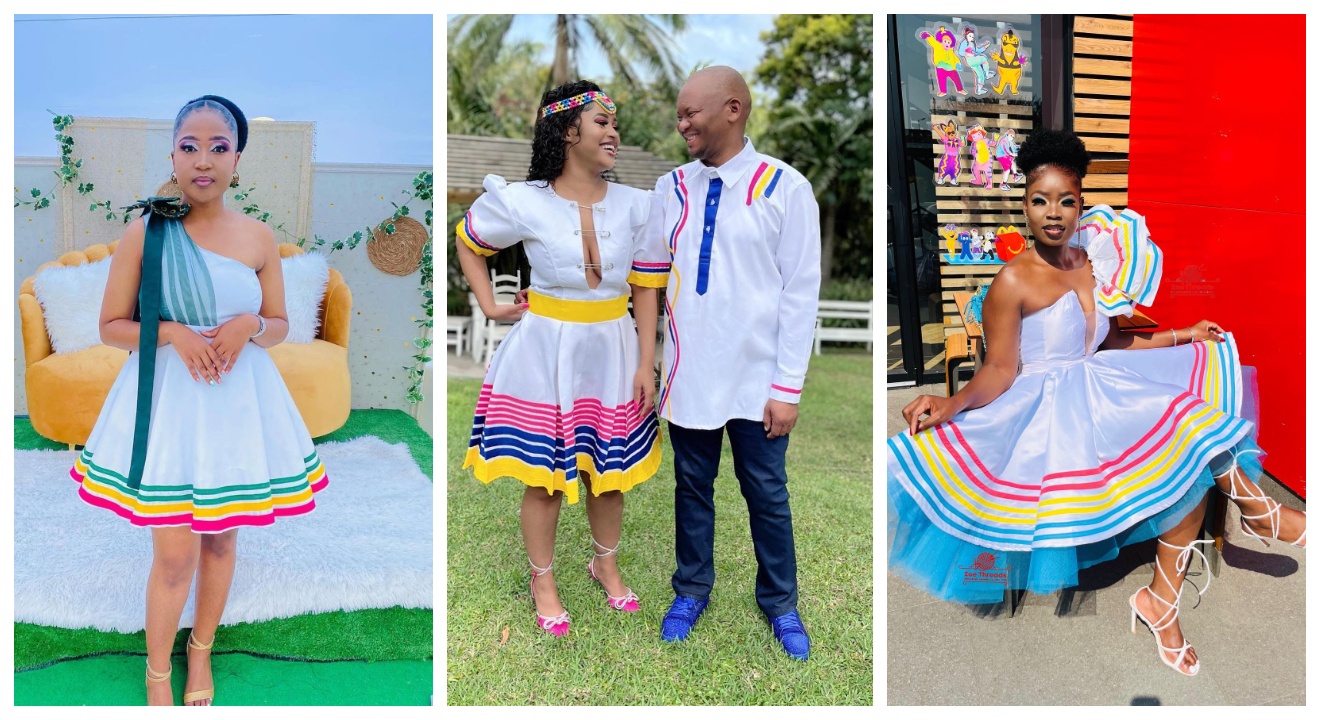
Introduction
Celebrating Sepedi Pride: A Showcase of Traditional Attire
Sepedi culture is rich in traditions and customs, and one of the most visually captivating aspects is the traditional attire. The vibrant colors, intricate patterns, and unique designs all contribute to the beauty and significance of Sepedi traditional clothing.
The significance of traditional attire in Sepedi culture
Traditional attire holds a special place in Sepedi culture, representing more than just fashion. It serves as a symbol of identity, heritage, and pride. Each garment tells a story, reflecting the history and traditions of the Sepedi people.
- Preserving Cultural Heritage: Traditional attire plays a crucial role in preserving the cultural heritage of the Sepedi people. It serves as a visual representation of their customs, beliefs, and values, passing down from generation to generation.
- Symbolism and Meaning: Every element of Sepedi traditional attire carries symbolism and meaning. From the colors chosen to the patterns woven or embroidered, each detail represents a specific aspect of Sepedi culture, such as marital status, age group, or social status.
- Celebrating Occasions: Traditional attire is worn on special occasions such as weddings, initiation ceremonies, and cultural festivals. It adds to the festive atmosphere and creates a sense of unity among community members.
- Expression of Pride: Wearing traditional attire is a way for Sepedi individuals to express their pride in their cultural heritage. It serves as a visual statement that celebrates their roots and fosters a sense of belonging within the community.
In conclusion, traditional attire holds immense significance in Sepedi culture. It not only showcases the beauty of design but also serves as a powerful symbol of identity and pride for the Sepedi people.
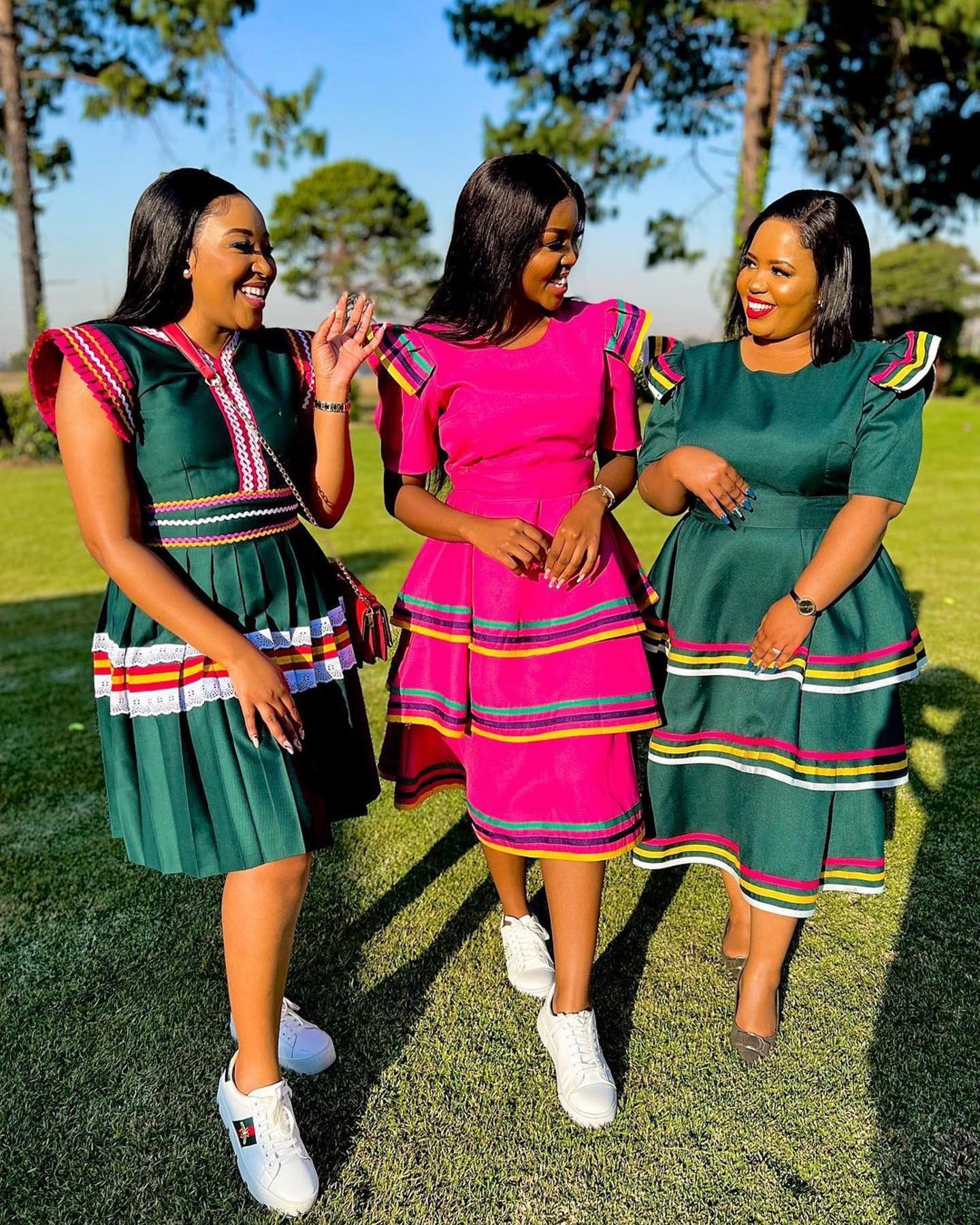
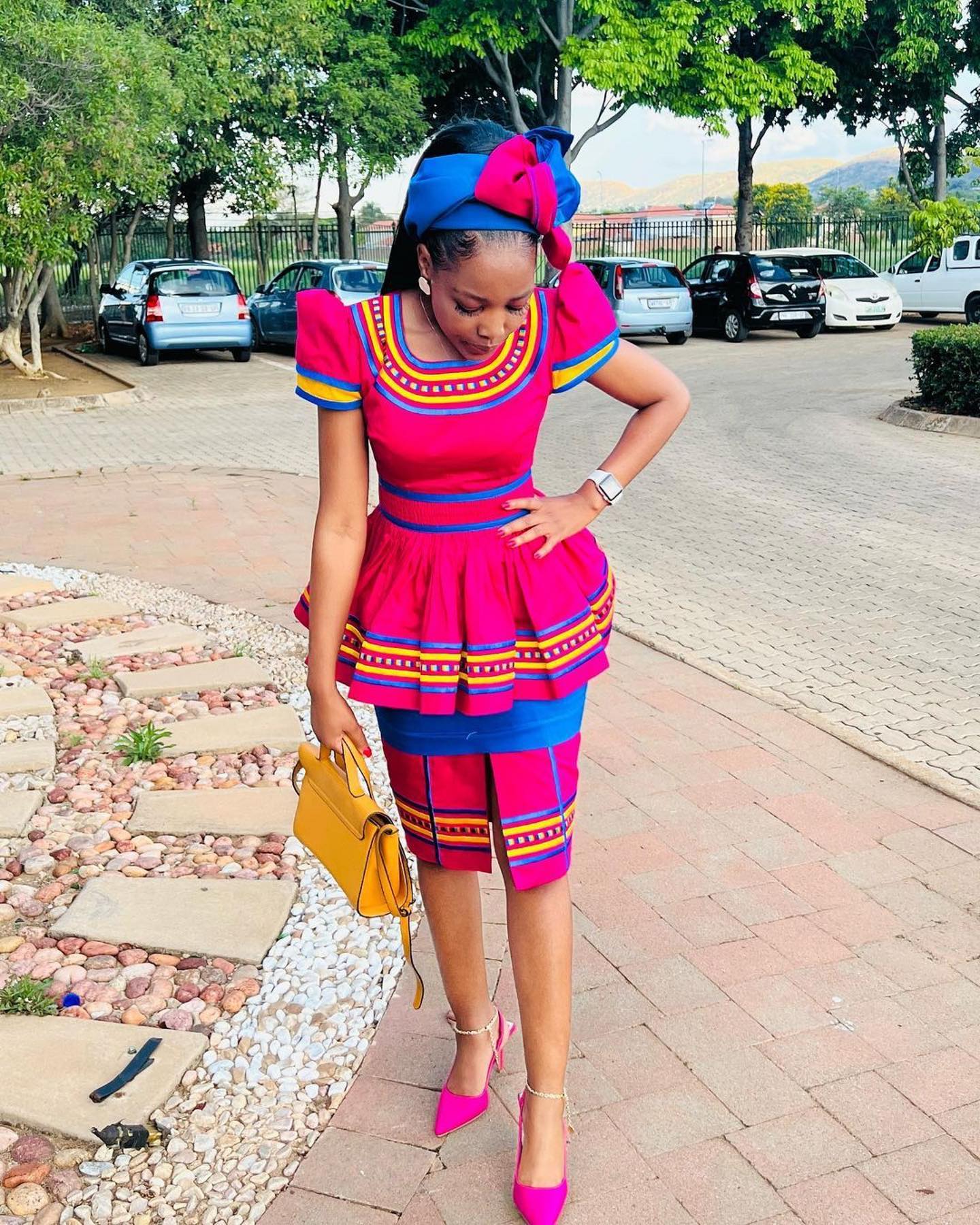
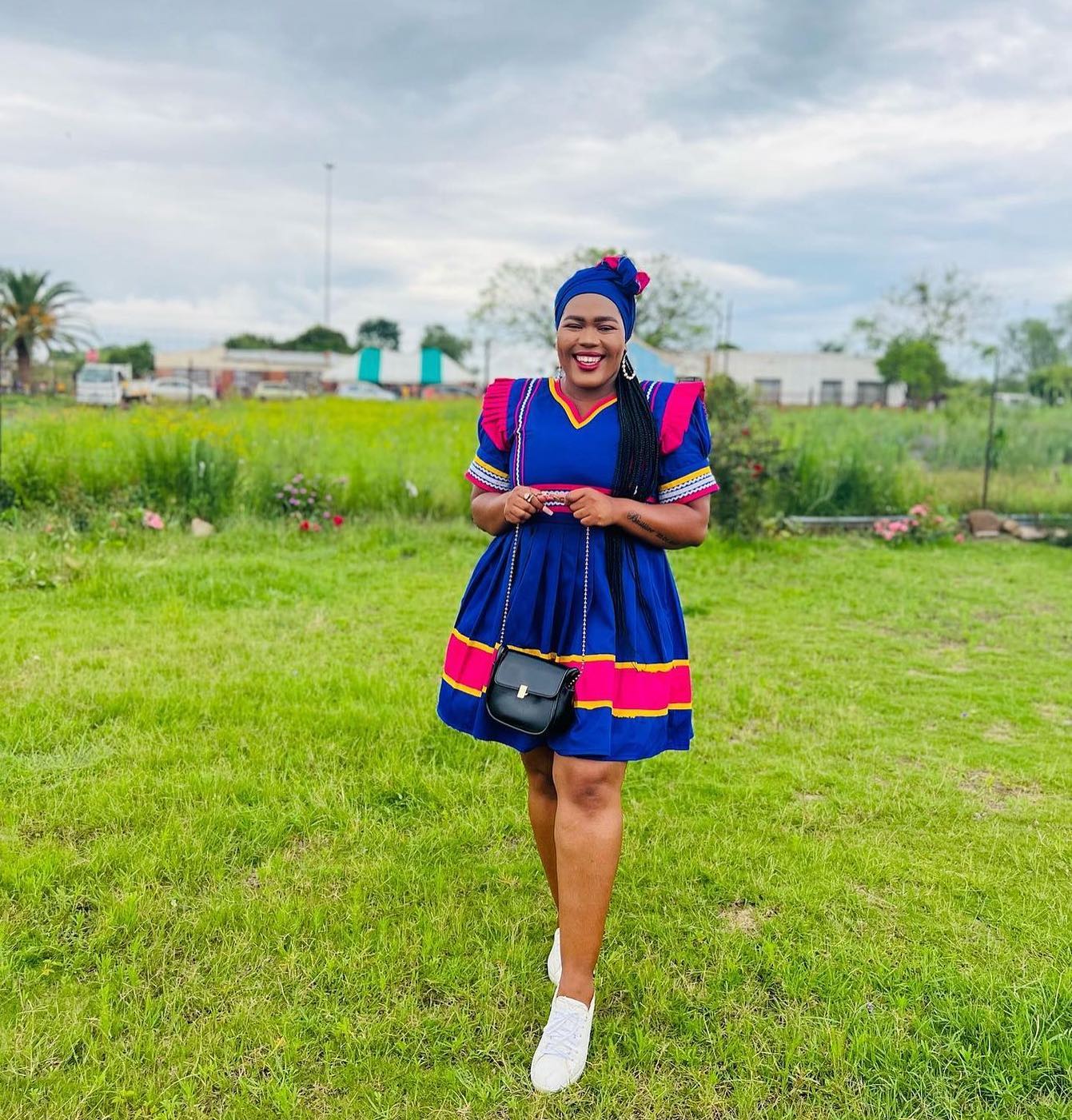
History of Sepedi Traditional Attire
Evolution and cultural significance of Sepedi traditional clothing
Sepedi traditional attire holds a rich history and cultural significance. Over the years, it has evolved to reflect the changing times while still preserving its traditional roots. The attire showcases the unique identity and pride of the Sepedi people.
The clothing is characterized by vibrant colors, intricate beadwork, and beautiful patterns. Each garment tells a story and represents different aspects of Sepedi culture, such as marriage, initiation ceremonies, and social status.
Wearing Sepedi traditional attire is not only a fashion statement but also a way to honor and celebrate the heritage of the Sepedi people. It serves as a visual representation of their traditions, values, and customs.
In recent years, there has been a resurgence of interest in Sepedi traditional attire. Many individuals and communities are embracing their cultural heritage by incorporating traditional clothing into special occasions, festivals, and everyday wear.
By celebrating Sepedi pride through showcasing traditional attire, the community strengthens its cultural identity and promotes cultural diversity. It also provides an opportunity for individuals to connect with their roots and pass down their traditions to future generations.
Sepedi traditional attire is more than just clothing; it is a symbol of unity, pride, and cultural heritage. By wearing it with pride and sharing its story, individuals contribute to the preservation and appreciation of Sepedi culture.
Types of Sepedi Traditional Attire
Description and symbolism of different types of Sepedi traditional clothing
Sepedi traditional attire is a vibrant and rich representation of the culture and heritage of the Sepedi people. Here are some of the different types of traditional clothing worn by the Sepedi community:
- Shweshwe Dresses: These dresses are made from a distinctive printed fabric called shweshwe. The fabric is known for its bright colors and intricate patterns, and it is often used to make dresses that are worn for special occasions and celebrations.
- Lehenga: The lehenga is a skirt that is usually worn with a matching blouse and a headscarf. It is made from colorful fabrics such as silk or cotton, and it is adorned with intricate embroidery and beadwork.
- Traditional Blankets: Traditional blankets, known as “seana marena,” are an integral part of Sepedi traditional attire. These blankets are made from wool and are often decorated with colorful patterns and symbols that hold cultural significance.
- Mokorotlo: The mokorotlo is a traditional hat that is commonly worn by both men and women in the Sepedi community. It is made from woven straw or reeds and is shaped like a cone. The mokorotlo symbolizes unity and pride in Sepedi culture.
- Ndebele Neck Rings: Although not exclusive to the Sepedi culture, Ndebele neck rings are sometimes incorporated into Sepedi traditional attire. These rings are made from metal and are worn around the neck, symbolizing beauty and status.
Each type of Sepedi traditional attire carries its own unique symbolism, reflecting the values, traditions, and history of the Sepedi people. Wearing these garments is not only a celebration of Sepedi pride but also a way to preserve and honor their cultural heritage.
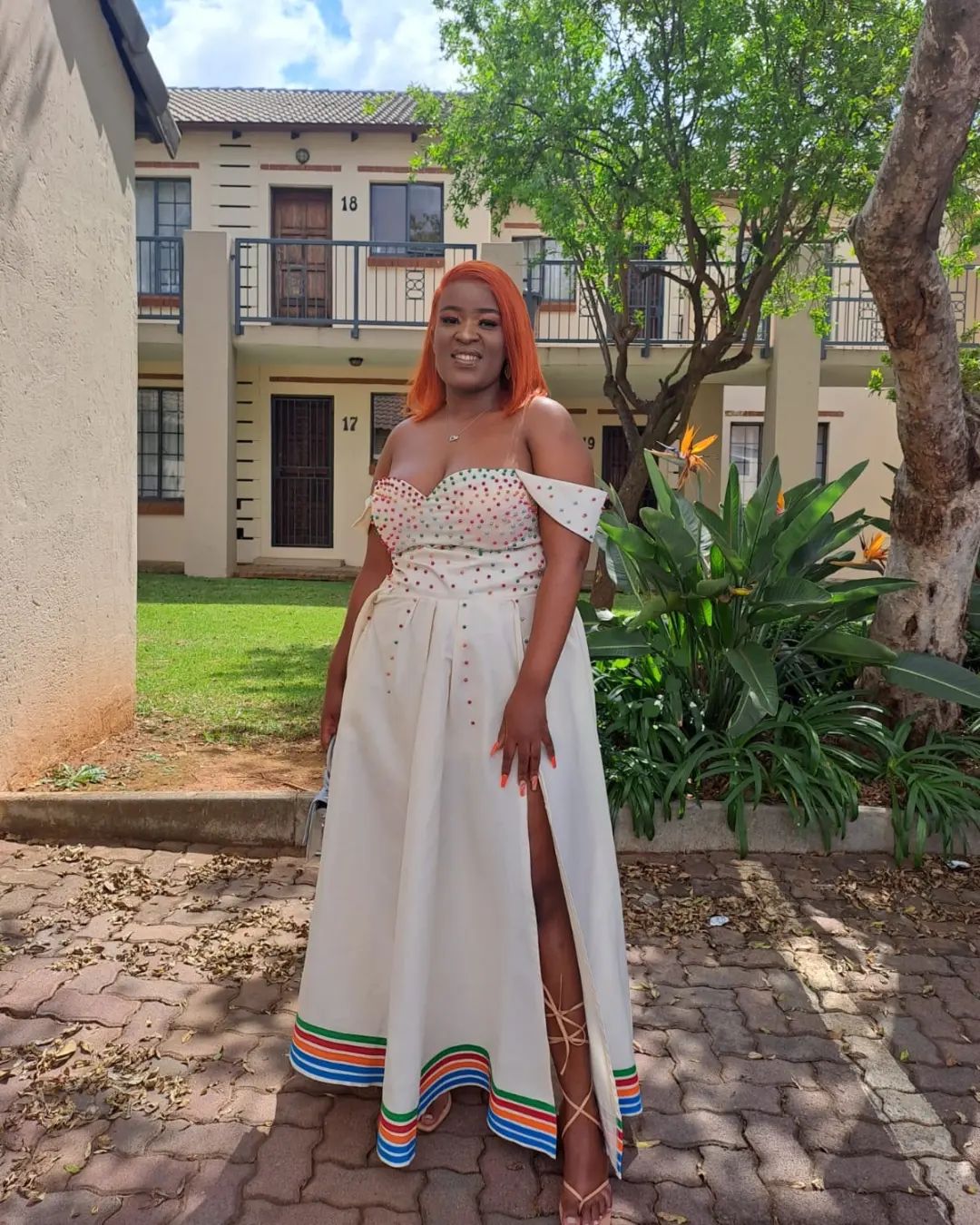
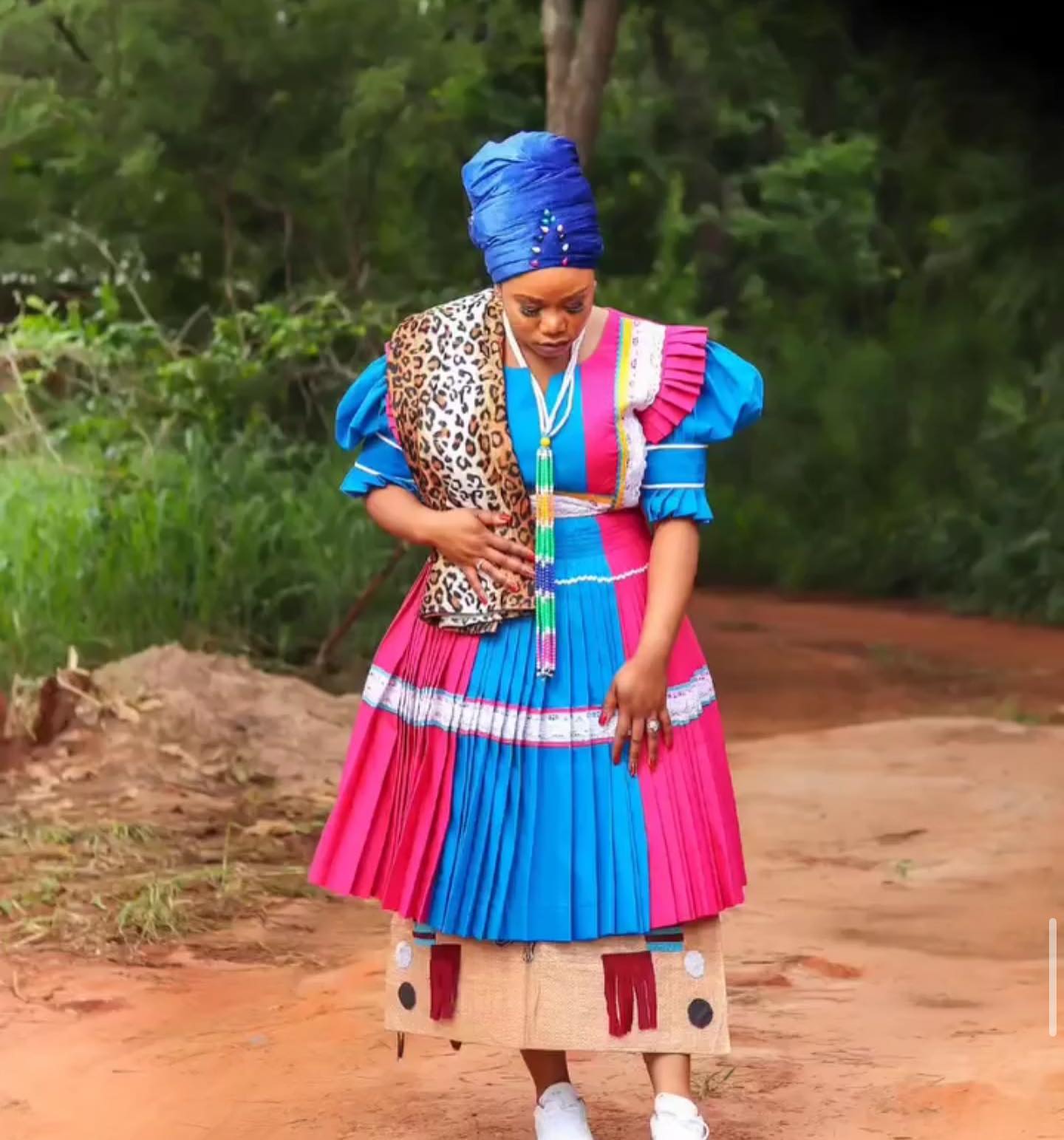
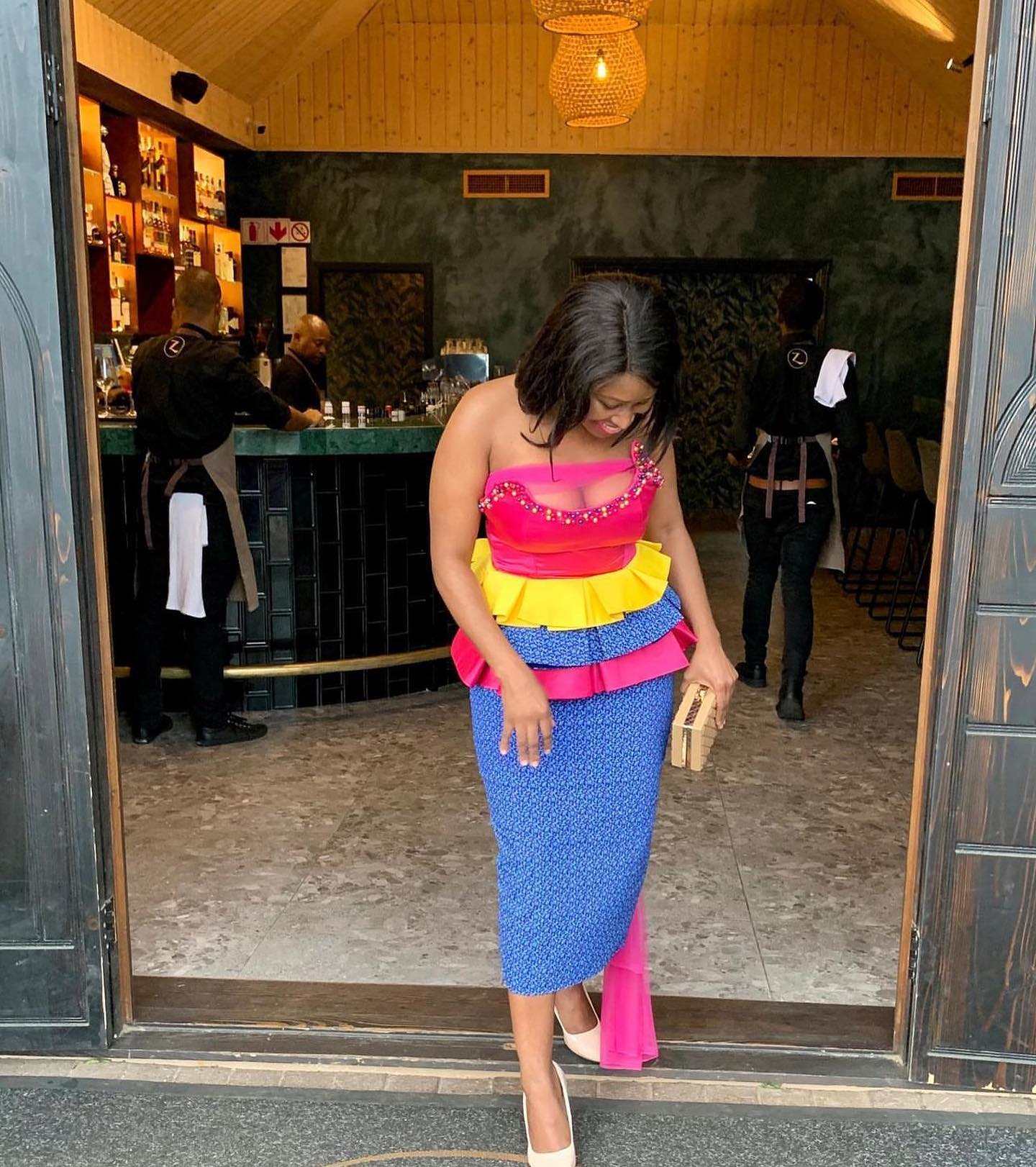
Accessories and Adornments
Traditional accessories and embellishments used in Sepedi attire
In celebrating Sepedi pride, traditional attire plays a significant role. The attire is not complete without the incorporation of accessories and adornments that enhance its beauty and cultural significance.
Sepedi women often wear a range of accessories such as beaded necklaces, bracelets, and earrings. These accessories are meticulously crafted with vibrant colors and intricate patterns, reflecting the rich cultural heritage of the Sepedi people.
Another prominent adornment in Sepedi attire is the headpiece or headdress. Women often wear intricately designed hats or turbans adorned with beads, feathers, or shells. These headpieces not only add a touch of elegance but also symbolize the wearer’s status and cultural identity.
Men also embrace traditional accessories in their attire, including beaded belts, anklets, and arm bands. These accessories are often made from natural materials such as leather, beads, and feathers, showcasing the connection to nature and ancestral traditions.
The use of traditional accessories and embellishments in Sepedi attire not only adds aesthetic value but also serves as a way to preserve and promote the cultural heritage of the Sepedi people. It is a celebration of their identity, history, and pride.
So, the next time you see someone proudly wearing Sepedi traditional attire adorned with these beautiful accessories, take a moment to appreciate the rich cultural significance behind each piece.
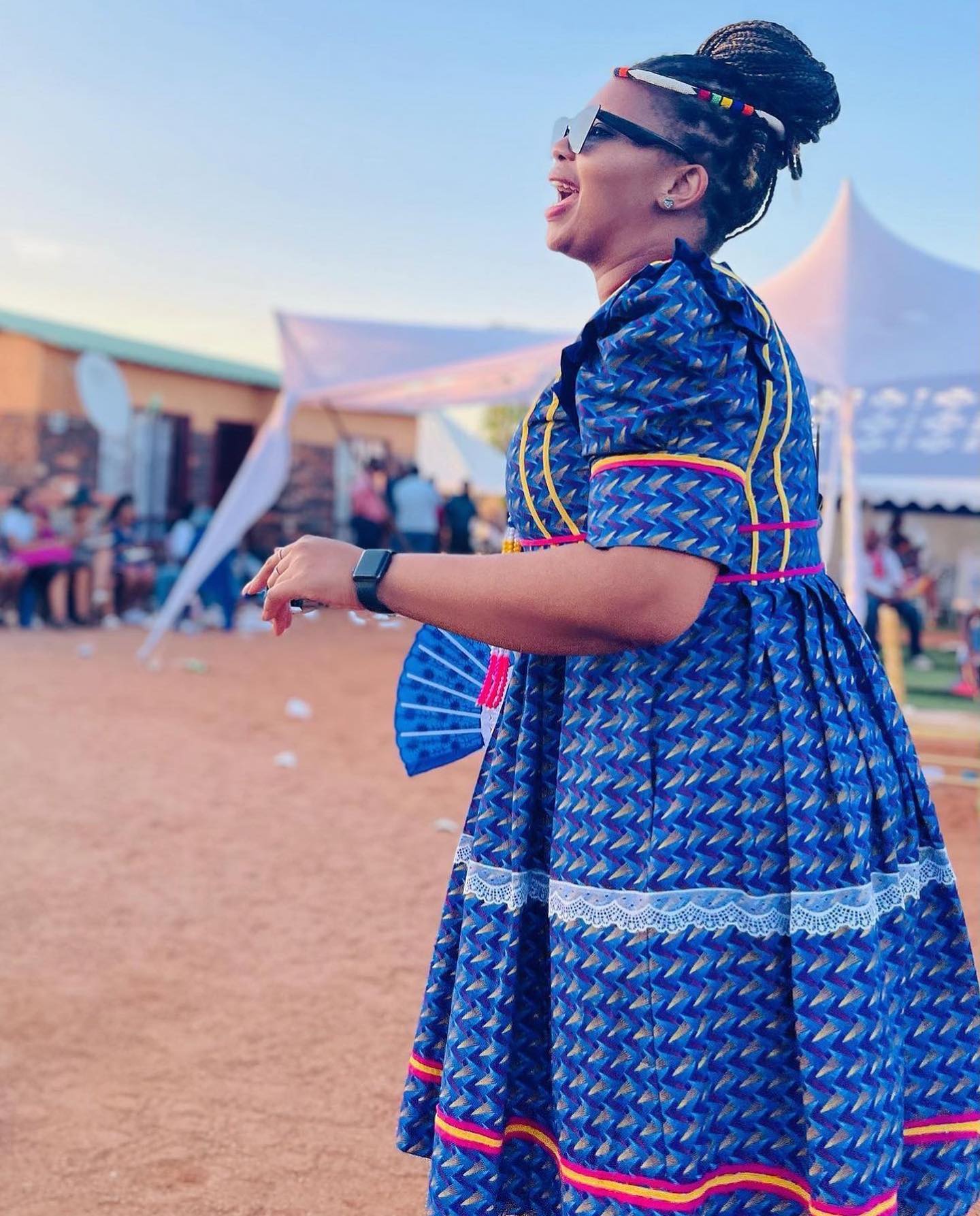
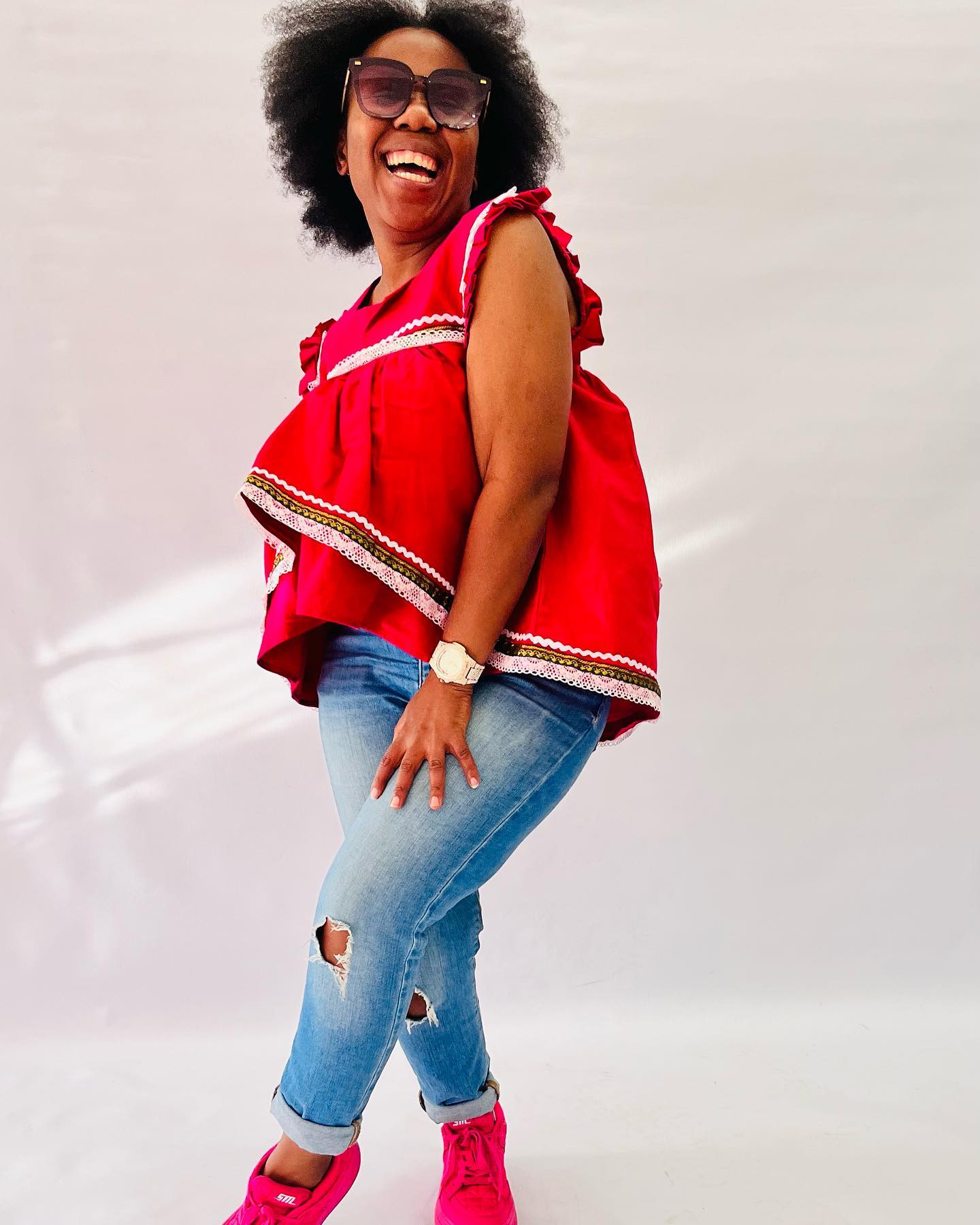
Colors and Patterns
Meaning behind the colors and patterns used in Sepedi traditional clothing
Sepedi traditional attire is a vibrant and colorful display of the rich culture and heritage of the Sepedi people. The colors and patterns used in their clothing hold deep significance and symbolism.
The colors used in Sepedi traditional attire often represent various aspects of life. For example, red symbolizes love, passion, and fertility, while blue represents spirituality and protection. Yellow is associated with wealth and prosperity, and green signifies growth and harmony. These colors not only add beauty to the clothing but also convey important messages about the wearer’s values and beliefs.
Patterns are another integral part of Sepedi traditional attire. They are often inspired by nature, such as animal prints or geometric shapes resembling plants or flowers. These patterns reflect the close connection that the Sepedi people have with their natural surroundings.
Each pattern tells a story or conveys a specific message. For instance, a zigzag pattern may represent a journey or overcoming challenges, while a spiral pattern symbolizes growth and evolution. These intricate patterns not only enhance the visual appeal of the clothing but also serve as a way to communicate cultural narratives and traditions.
Celebrating Sepedi pride through traditional attire is not just about wearing beautiful clothes; it is about honoring and preserving the cultural heritage of the Sepedi people. The colors and patterns used in Sepedi traditional clothing are a testament to their rich history, values, and identity. By embracing these elements, individuals can showcase their pride in being part of this vibrant community.
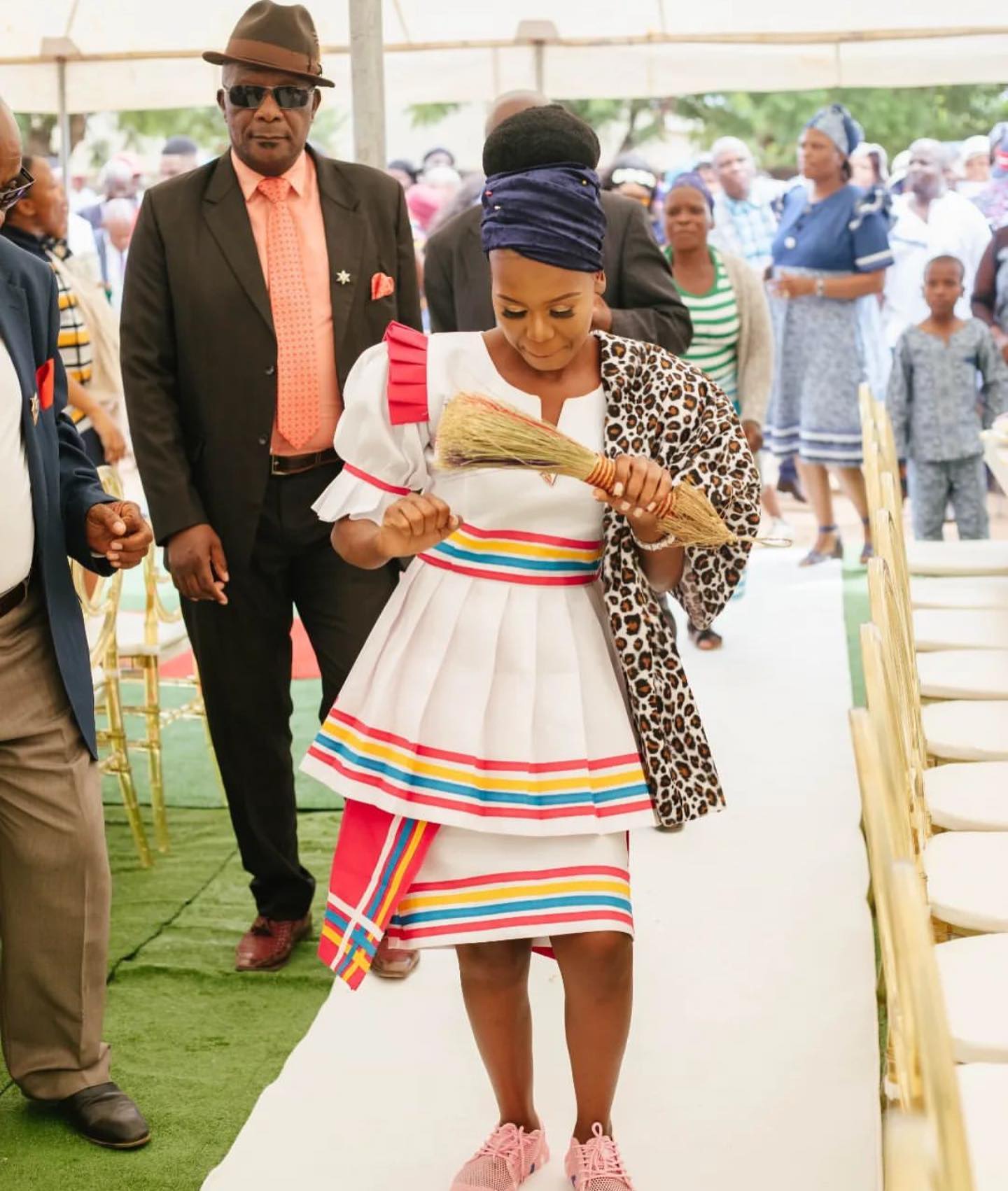
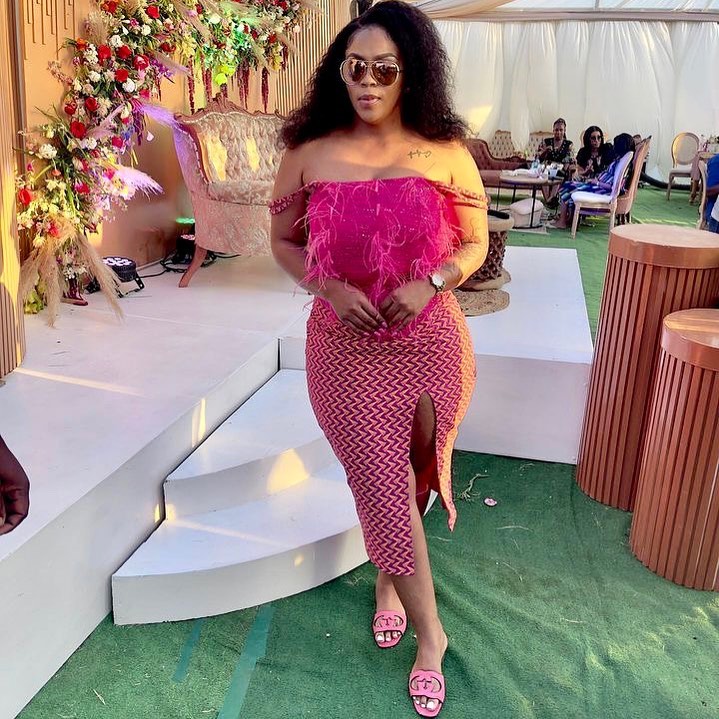
Modern Interpretations
In celebrating Sepedi pride and heritage, many individuals and designers have embraced modern interpretations of traditional attire. These contemporary adaptations fuse the rich cultural elements of Sepedi clothing with modern fashion trends, creating unique and eye-catching designs.
Contemporary adaptations and fusion of Sepedi traditional attire
- Prints and Patterns: Traditional Sepedi prints, such as the iconic geometric designs, are now being incorporated into modern clothing styles. These prints add a touch of cultural authenticity to contemporary outfits.
- Accessorizing: Accessories play a crucial role in completing the traditional attire look. Modern interpretations often include bold and statement accessories like beaded necklaces, bracelets, and headpieces, which enhance the overall aesthetic.
- Mixing Traditional and Western Elements: Some designers have successfully blended Sepedi traditional attire with Western fashion influences. This fusion creates a unique style that combines the best of both worlds, allowing individuals to express their cultural pride while embracing modern trends.
- Adapting Silhouettes: Traditional Sepedi attire is known for its loose and flowing silhouettes. Modern interpretations may feature tailored cuts and structured designs that provide a contemporary twist while still honoring the essence of Sepedi clothing.
By embracing these modern interpretations and fusions, individuals can proudly showcase their Sepedi heritage while staying fashionable and relevant in today’s world. It is a celebration of culture, creativity, and individuality all rolled into one vibrant display of traditional attire.
Fashion Designers Promoting Sepedi Traditional Attire
Profiles of fashion designers who are showcasing Sepedi traditional clothing
Sepedi pride is being celebrated through the art of fashion. Several talented fashion designers have taken it upon themselves to showcase the beauty and elegance of Sepedi traditional attire. These designers are not only preserving the cultural heritage but also promoting it on a global scale.
- Thabo Makhetha: Thabo Makhetha is a renowned South African fashion designer who specializes in creating modern designs inspired by traditional Basotho blankets. Her unique creations have gained international recognition and have been worn by celebrities and dignitaries.
- David Tlale: David Tlale is a highly acclaimed fashion designer known for his exquisite craftsmanship and attention to detail. He has incorporated Sepedi elements into his collections, adding a touch of tradition to contemporary designs.
- Palesa Mokubung: Palesa Mokubung is the creative force behind the popular fashion brand, Mantsho. Her designs celebrate African heritage, including Sepedi influences. She has received accolades for her innovative use of colors and patterns.
- Thula Sindi: Thula Sindi is a talented designer who has successfully merged modern aesthetics with traditional elements. His collections often feature Sepedi-inspired prints and fabrics, creating a harmonious blend of old and new.
These fashion designers are not only promoting Sepedi traditional attire but also empowering local artisans and contributing to the growth of the fashion industry in South Africa. Through their creativity and passion, they are ensuring that the beauty of Sepedi culture continues to shine brightly in the world of fashion.
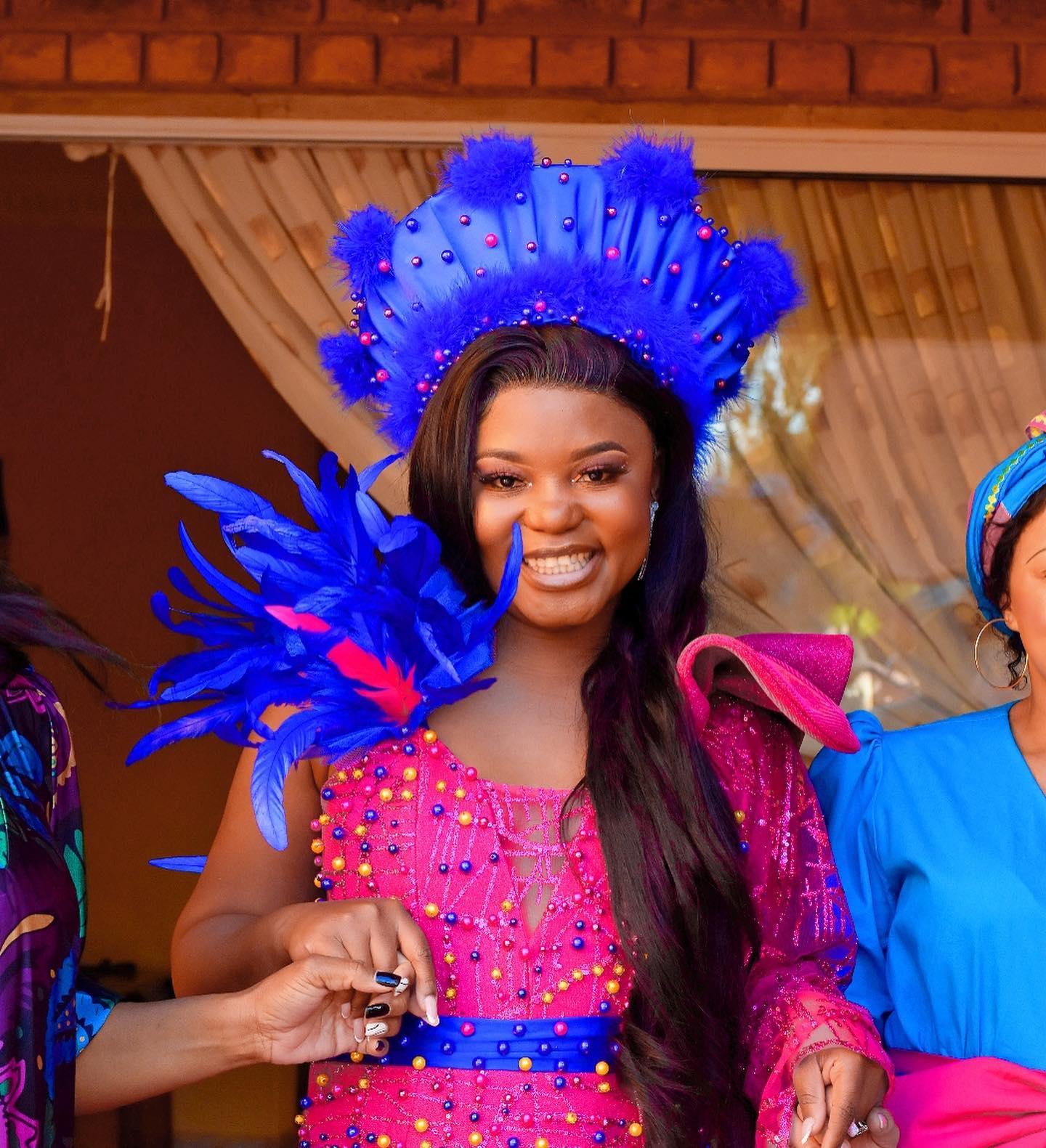
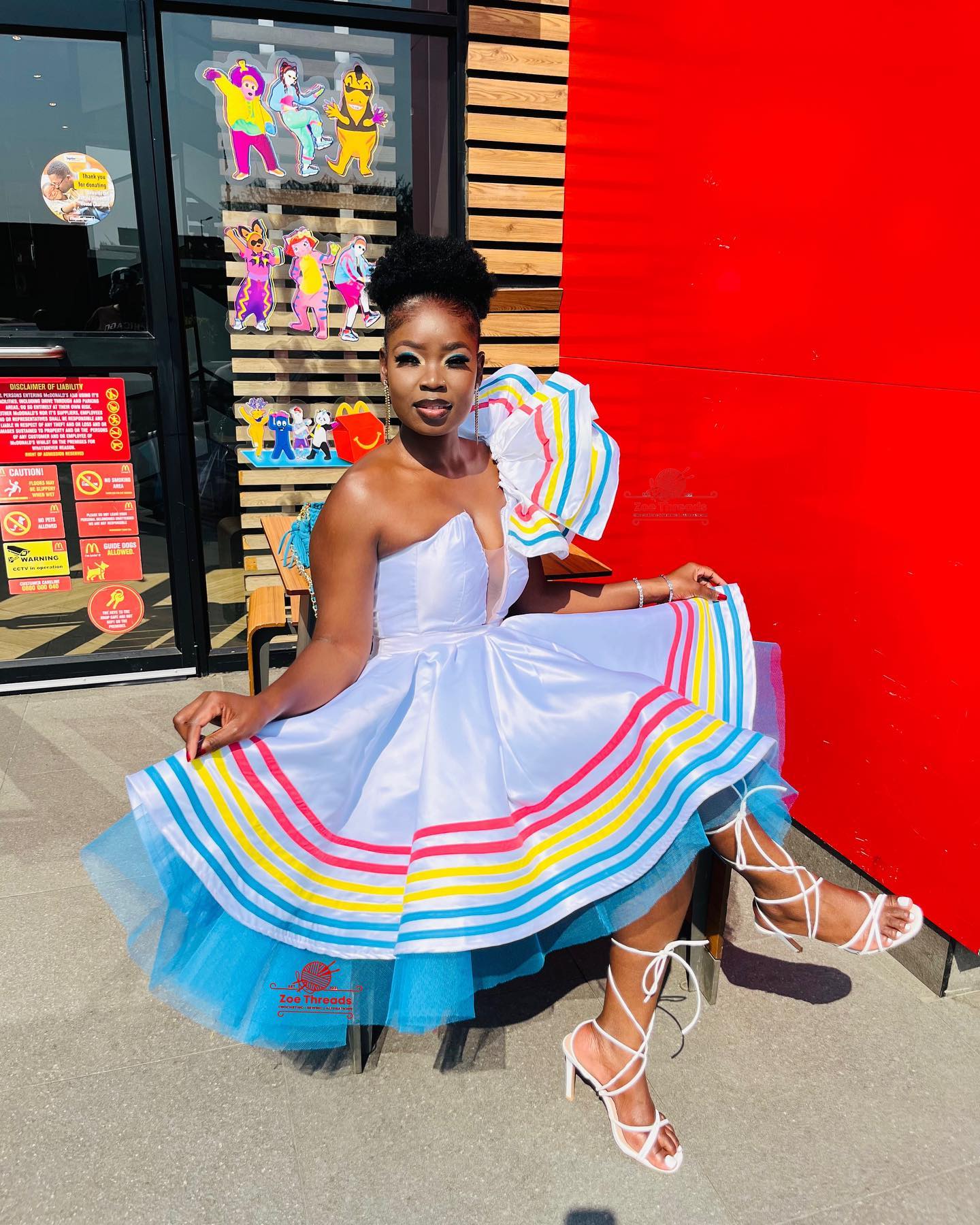
Celebrating Sepedi Pride: Fashion Shows and Events
Highlighting fashion shows and events that celebrate Sepedi traditional attire
Sepedi traditional attire is a rich and vibrant reflection of the culture and heritage of the Sepedi people. To celebrate this unique and beautiful clothing style, various fashion shows and events are organized to showcase the elegance and splendor of Sepedi traditional attire.
These fashion shows provide a platform for designers, models, and fashion enthusiasts to come together and appreciate the artistry and craftsmanship behind Sepedi traditional clothing. They offer a glimpse into the intricate beadwork, colorful fabrics, and unique designs that make Sepedi attire so special.
One such event is the annual Sepedi Fashion Show, where talented designers from the Sepedi community showcase their latest collections inspired by traditional clothing. The event not only celebrates the beauty of Sepedi attire but also promotes local talent and entrepreneurship.
In addition to fashion shows, cultural festivals and events also feature displays of Sepedi traditional attire. These events provide an opportunity for people to learn about the history and significance of Sepedi clothing while enjoying performances, music, and food.
By organizing these fashion shows and events, the Sepedi community aims to preserve and promote their cultural heritage while also inspiring younger generations to embrace their roots. It is a celebration of pride, identity, and creativity.
So, if you have a passion for fashion or an interest in cultural diversity, attending a fashion show or event that celebrates Sepedi traditional attire can be a fascinating experience. It is an opportunity to immerse yourself in the beauty of this unique clothing style and appreciate the rich cultural heritage it represents.
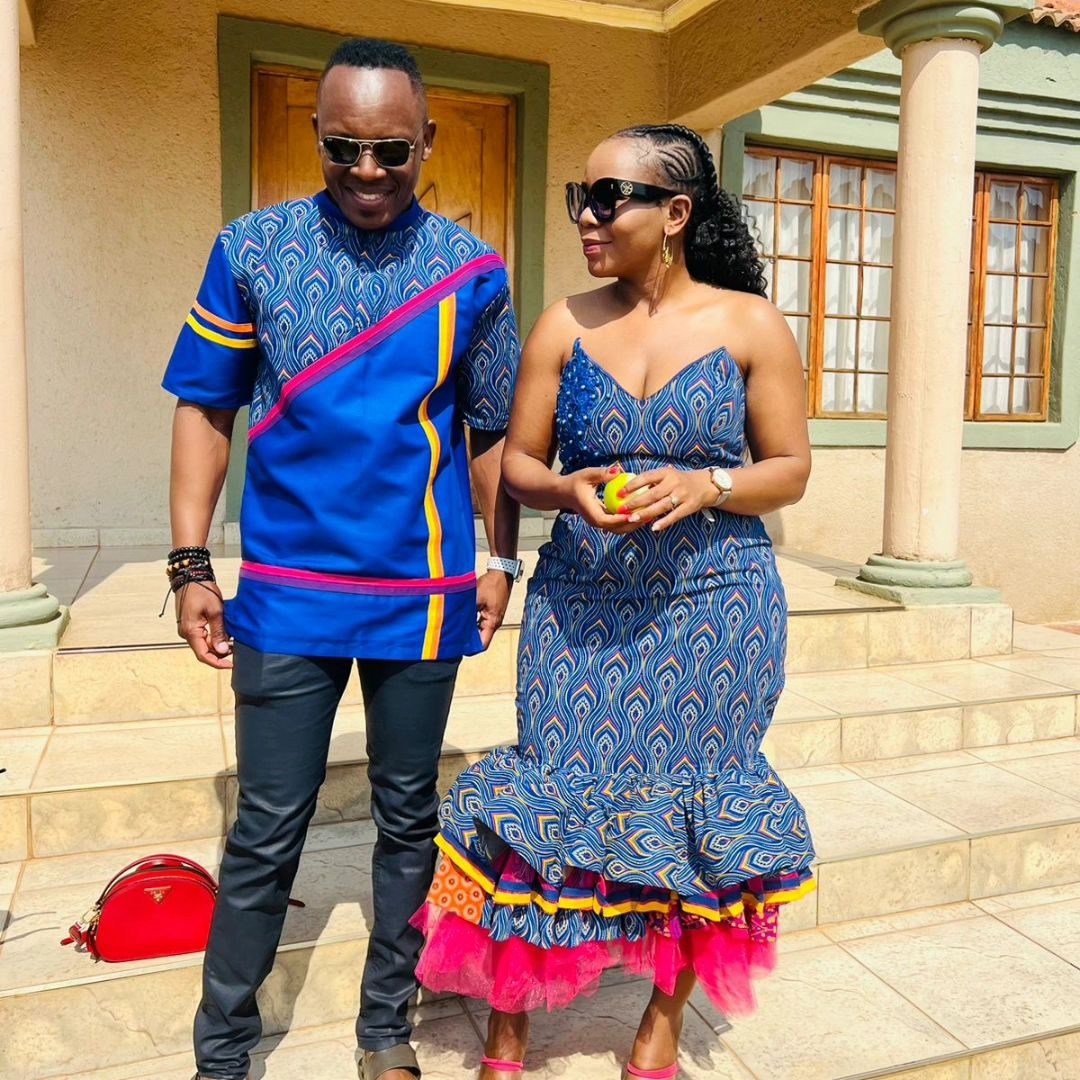
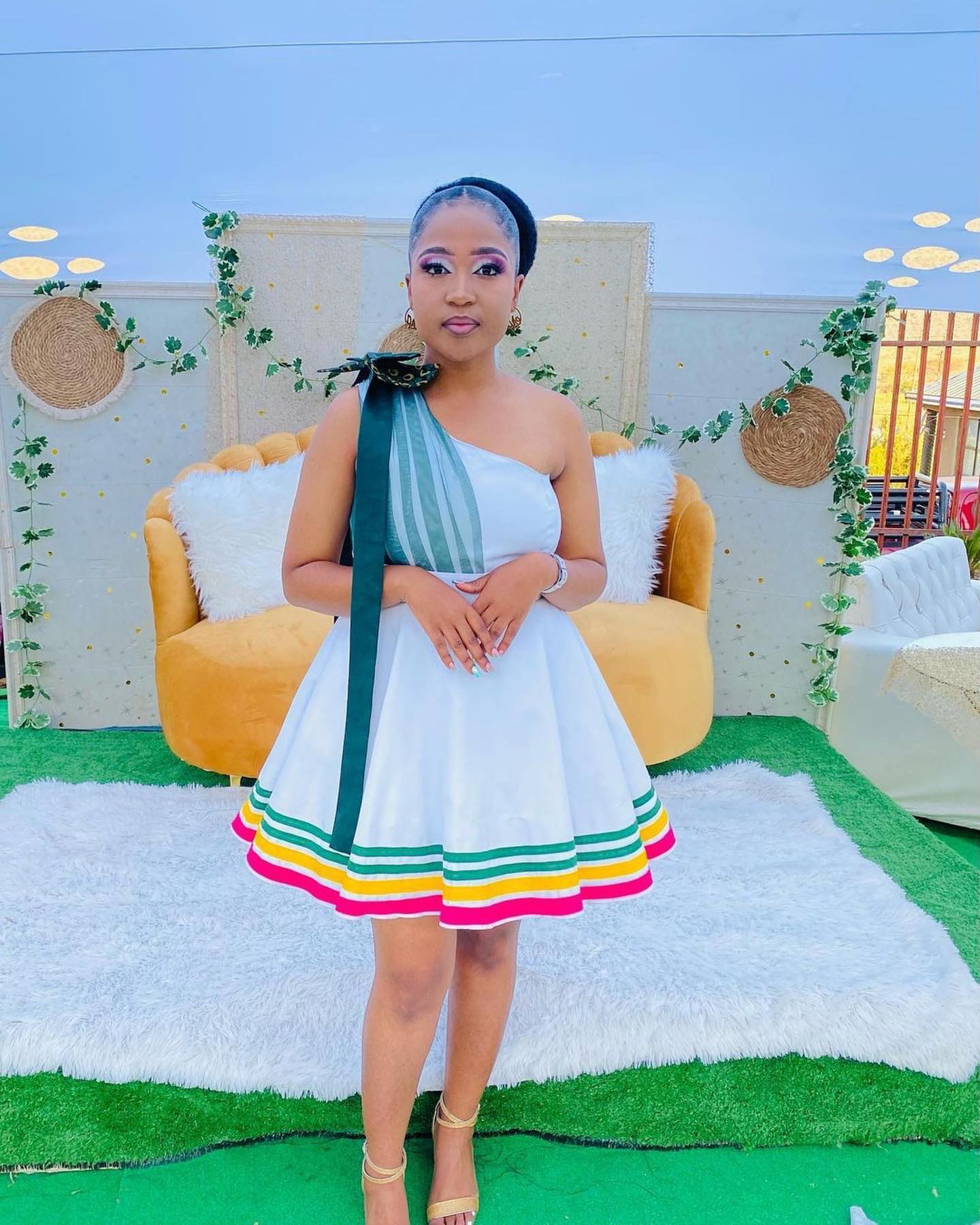
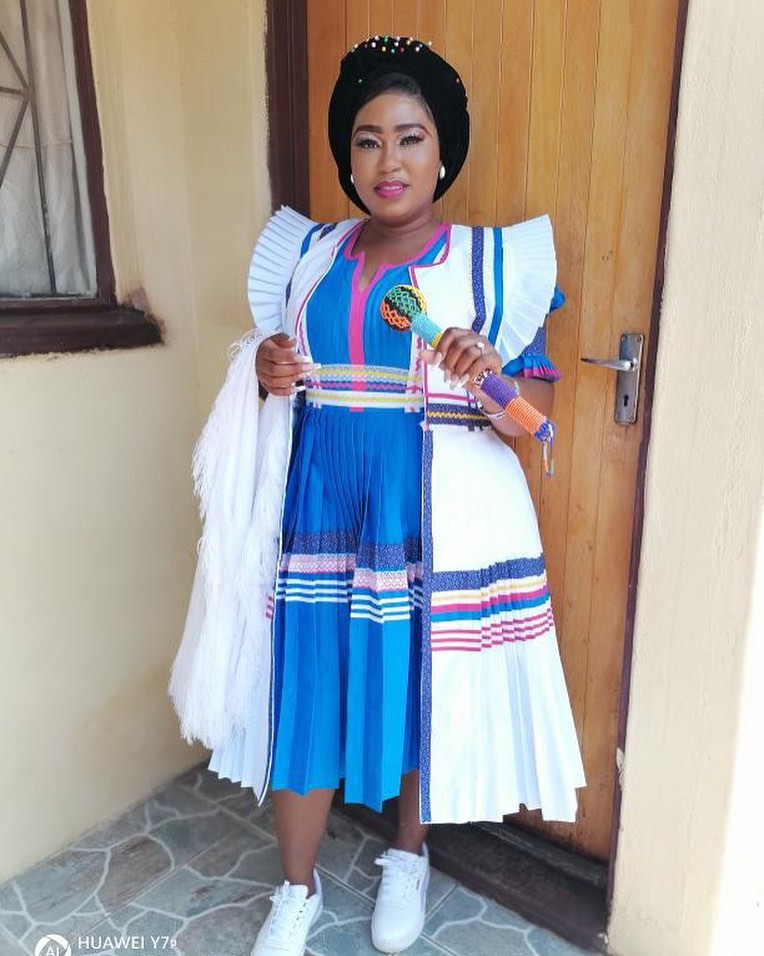
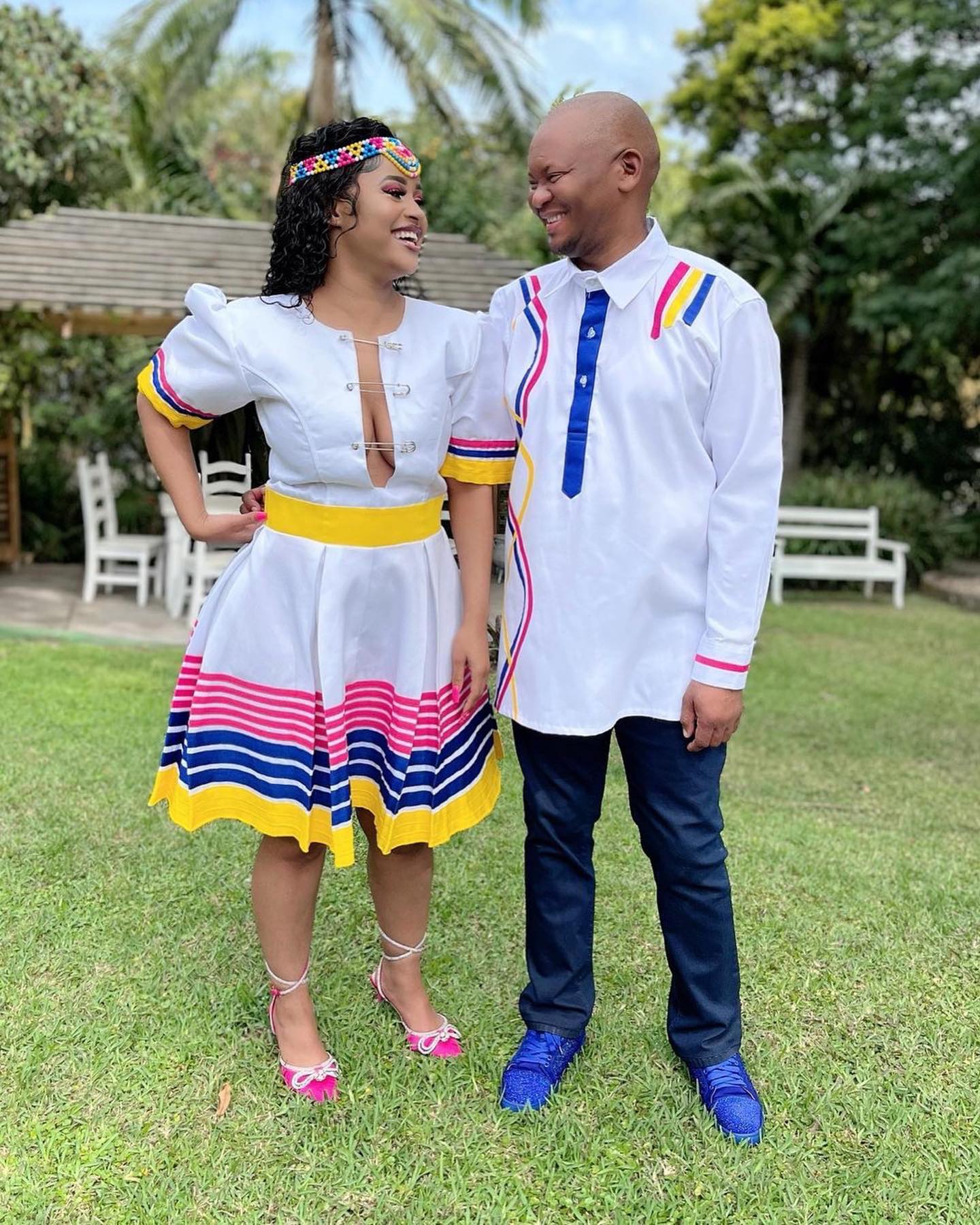
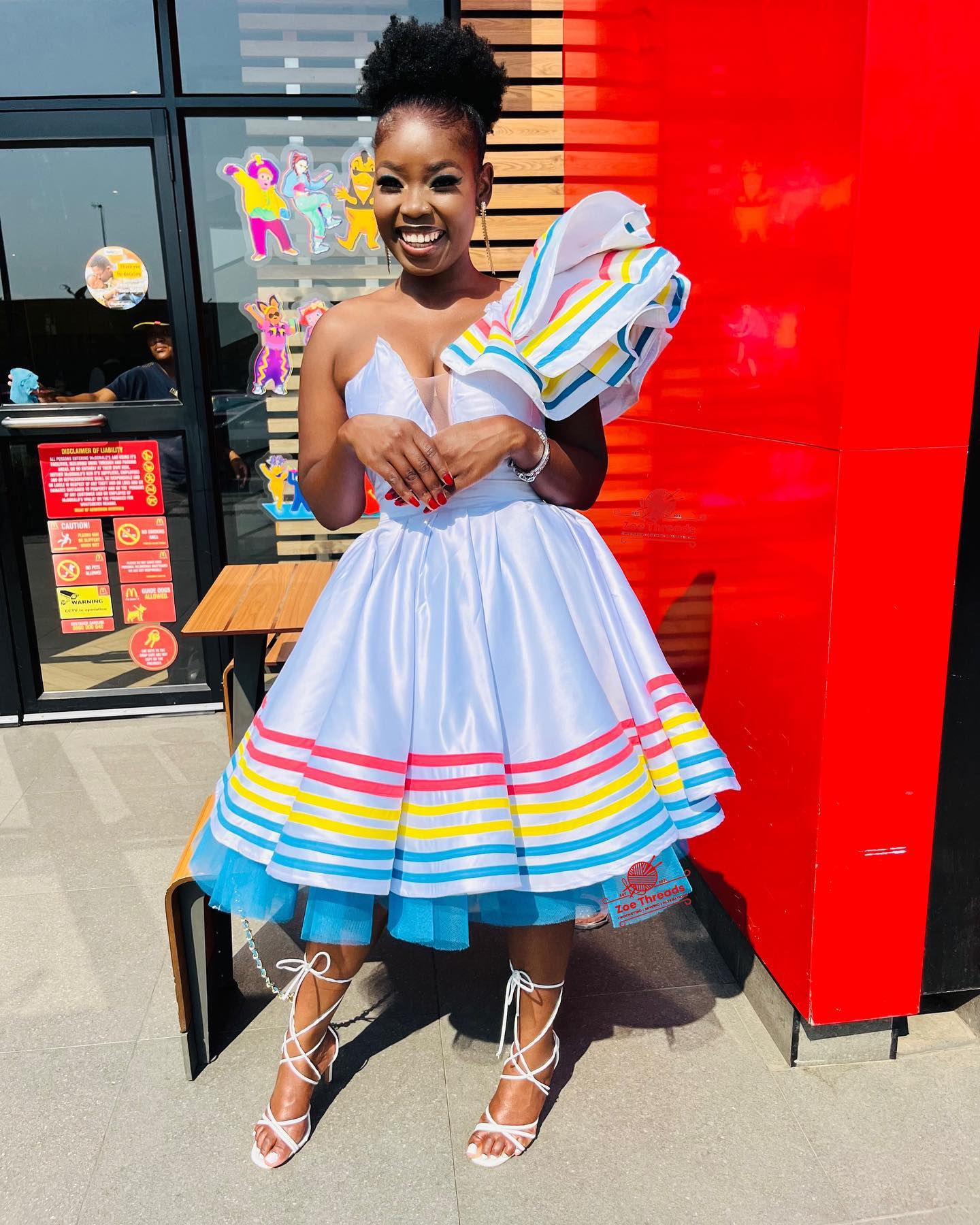
Conclusion
Celebrating Sepedi Pride: A Showcase of Traditional Attire
In conclusion, the celebration of Sepedi traditional attire is not only a display of cultural heritage but also a way to preserve and promote the rich traditions of the Sepedi people. By embracing and showcasing their traditional attire, the Sepedi community can pass down their customs and values to future generations. This celebration serves as a reminder of the importance of cultural diversity and the need to cherish and honor our unique traditions. Let us continue to celebrate and appreciate the beauty and significance of Sepedi traditional attire.
Comments are closed.